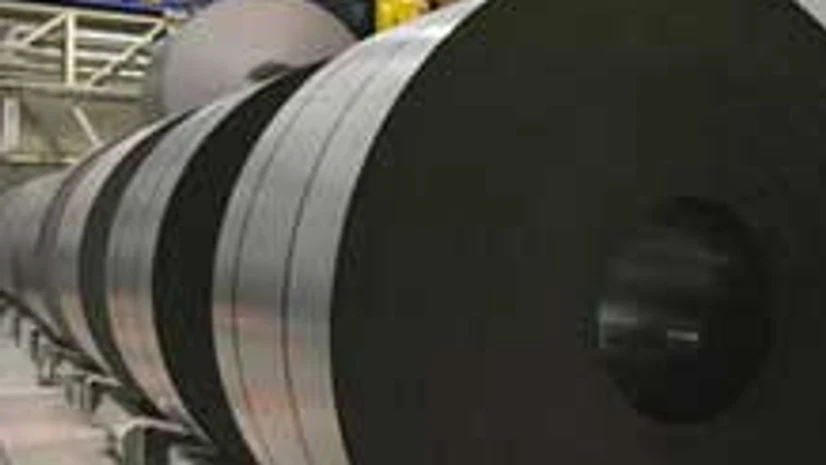Well before consulting firm Drucker Worldwide estimated 18 per cent of vehicles would sport all-aluminium bodies by 2025 (compared with one per cent currently) or Ford Motor announced its popular F-150 pick-up truck would have an aluminium alloy body, ArcelorMittal was busy negotiating the emerging competition from the white metal and its composites.
The company has much in stake in the automotive sector. Last year, supply of 13 million tonnes (mt) to major vehicle manufacturers gave ArcelorMittal market share of 17 per cent and revenue of about $12 billion. It has dedicated half its research and development laboratories across the world to development of new-generation automotive steel, which is lighter but stronger. Automobile companies are under increasing pressure to make vehicles lighter, as regulators in many countries have set stiff fuel economy targets to curb carbon emissions. In the US, manufacturers must ensure five per cent annual improvement in vehicle fuel efficiency by 2025; failure to adhere to this will draw stiff penalties. The urgency to reduce vehicle weight has led to an ideal environment for aluminium, which is more expensive than steel, in the automotive sector.
As expected of ArcelorMittal, the company took the emerging competition from aluminium and other alloys by the horn. What took the wind out of aluminium makers' sails was ArcelorMittal chief Lakshmi Mittal's assertion that claims of the white metal having an edge over steel in terms of weight were based on "outdated data". He further claimed new-age steel provided "all the weight reduction" automakers needed to conform to the increasingly stringent fuel efficiency norms. He added in the past 20 years, steel strength had increased 10 times, "from 170 to 1,700 megapascals. And, we don't know where the limit is in terms of product development". Along with breakthroughs in automotive steel products development, ArcelorMittal took steps to have manufacturing footprint in places where the automotive sector was set to expand. China, which raised vehicle production by 7.3 per cent to 23.723 million units in 2014 (according to global automakers body OICA), will remain the auto sector's best bet for growth, along with India.
More From This Section
India has remained a missing link in the ArcelorMittal auto steel chain. This is unviable for the company, as India is to emerge as the world's fourth-largest automobile manufacturer by 2020. The automobile and upstream steel segments are focus areas of the government's 'Make in India" programme.
ArcelorMittal is to make an entry into India's auto steel segment through a JV with Steel Authority of India Ltd (SAIL). The JV is to build a cold rolling mill and downstream finishing facilities. Its materialisation will be a major achievement for SAIL Chairman Chandra Shekhar Verma, who is engaged in raising the share of high value-added steel in the company's product portfolio. Verma says the JV should be "seen as part of a broader SAIL plan to reduce the country's dependence on import of high-end steel. The JV is ideal to induct auto grade steel technology which is the preserve of a few globally".
NEW FRONTIERS
-
Regulators in many countries have set stiff fuel economy targets to curb carbon emissions
-
ArcelorMittal has dedicated half its R&D labs across the world to development of new-generation automotive steel
-
Urgency to reduce vehicle weight has led to an ideal environment for aluminium in the automotive sector
-
As China didn't encourage 100% foreign ownership of steel plants, ArcelorMittal formed a JV with Hunan Valin Iron & Steel
- The steel major is also set to make an entry into India's auto steel segment through a JV with SAIL

)
